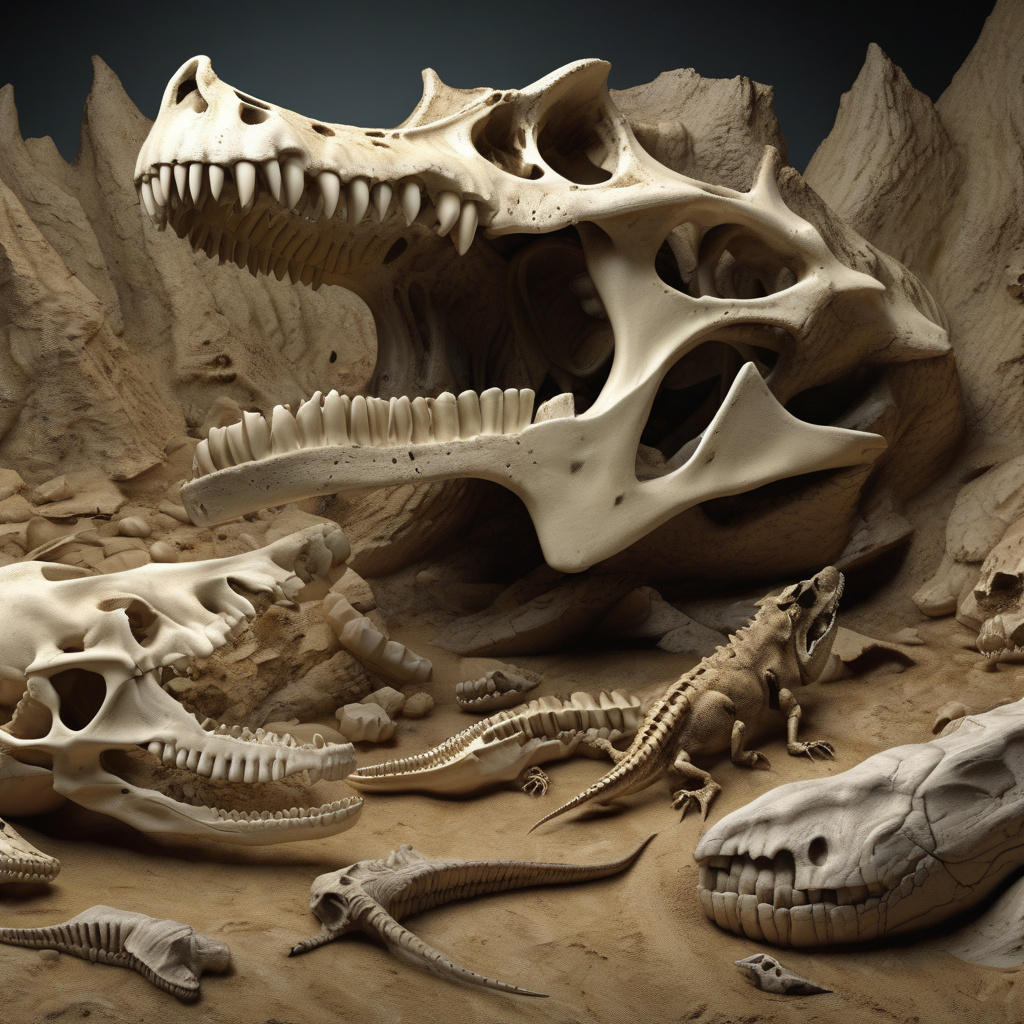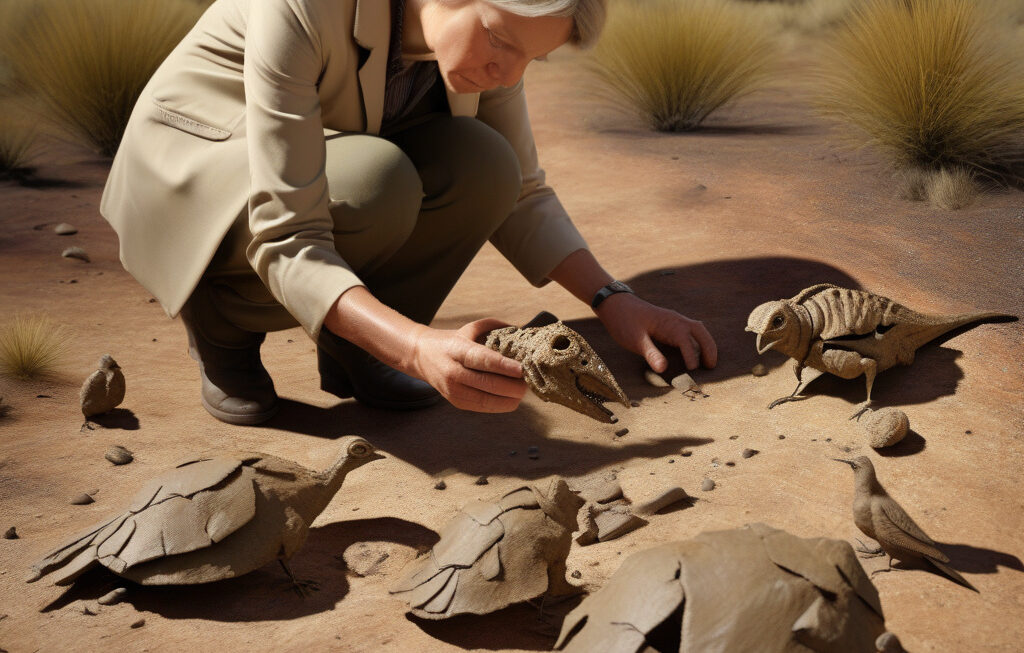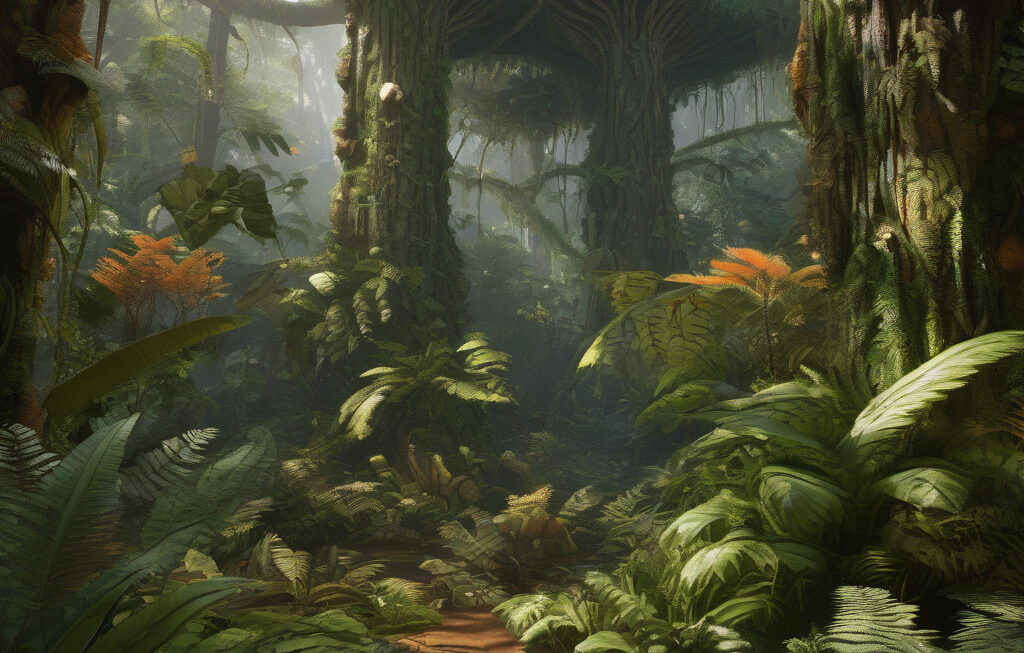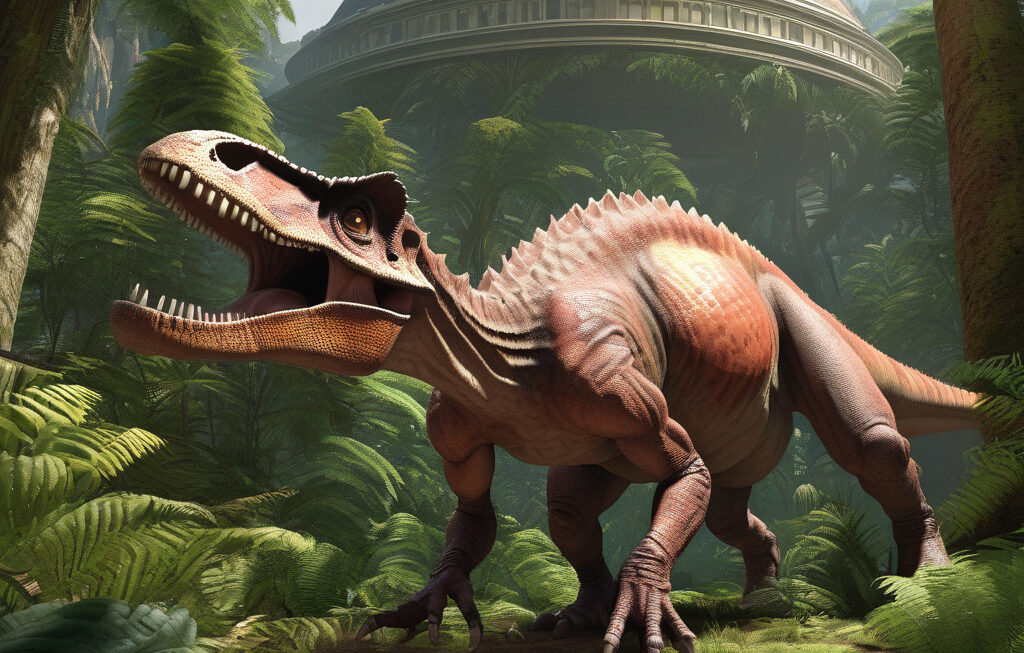Big Crocodile Bone Stuck Inside Dinosaur Mouth Reveals Predator’s Last Meal
Fossilized remains have led to the identification of new dinosaur species, along with evidence of a prehistoric predator’s final feast. The discovery of a big crocodile bone lodged inside the mouth of a dinosaur fossil has unveiled a fascinating glimpse into the ancient food chain dynamics and interactions between different species millions of years ago.
The findings, unearthed by a team of paleontologists in a remote dig site, shed light on the dietary habits and behaviors of dinosaurs and their prey. The fossilized remains offer a rare opportunity to study the last moments of a dinosaur before it met its demise, providing valuable insights into the ecosystems and interactions that shaped the prehistoric world.
The presence of a large crocodile bone stuck inside the dinosaur’s mouth indicates a dramatic encounter between the two creatures, offering clues about the dynamics of predator-prey relationships in the ancient past. It is a stark reminder of the harsh realities of survival in a world where carnivores roamed and hunted for their next meal, showcasing the brutal and unforgiving nature of the natural world.
By studying the fossilized remains and analyzing the positioning of the crocodile bone within the dinosaur’s mouth, scientists can reconstruct the sequence of events that led to the predator’s last meal. This forensic approach to paleontology provides a glimpse into the feeding habits and strategies employed by ancient predators, offering a unique perspective on the challenges they faced in securing their next meal.
The discovery of the big crocodile bone inside the dinosaur’s mouth not only provides valuable scientific data but also captures the imagination of the public, offering a thrilling narrative of ancient rivalry and survival in a world long gone. It highlights the interconnectedness of species and ecosystems, showcasing the delicate balance of power and vulnerability that defined life in the prehistoric era.
This groundbreaking discovery opens up new avenues for research and exploration in the field of paleontology, offering a window into the past and enriching our understanding of the natural world. By piecing together the clues left behind in the fossil record, scientists can reconstruct the ancient landscapes and inhabitants that once roamed the earth, painting a vivid picture of a world lost to time.
In conclusion, the big crocodile bone stuck inside the dinosaur’s mouth reveals more than just a predator’s last meal; it tells a story of survival, adaptation, and the relentless struggle for existence in a world governed by primal instincts and evolutionary pressures. The fossilized remains serve as a poignant reminder of the forces that shaped life on earth and the intricate web of relationships that connected creatures in the ancient past.
paleontology, ancientpredators, dinosaurdiscoveries, fossilizedremains, prehistoricanimals












